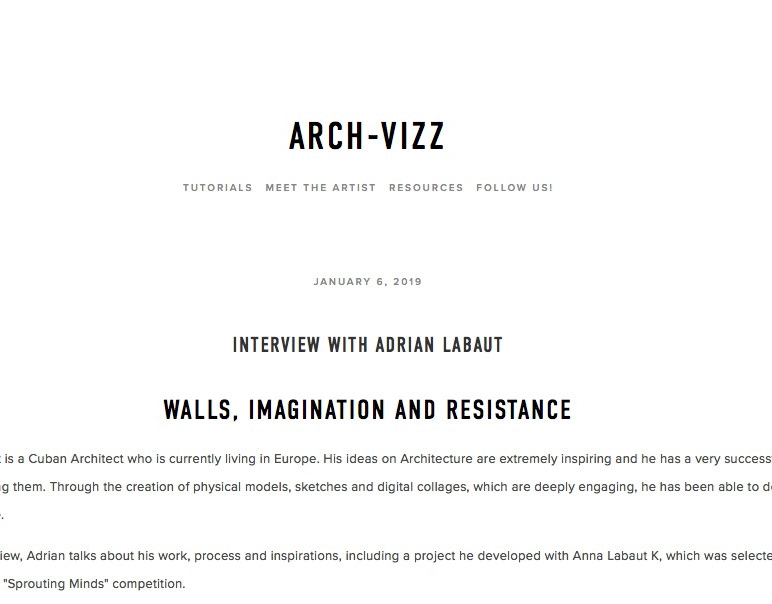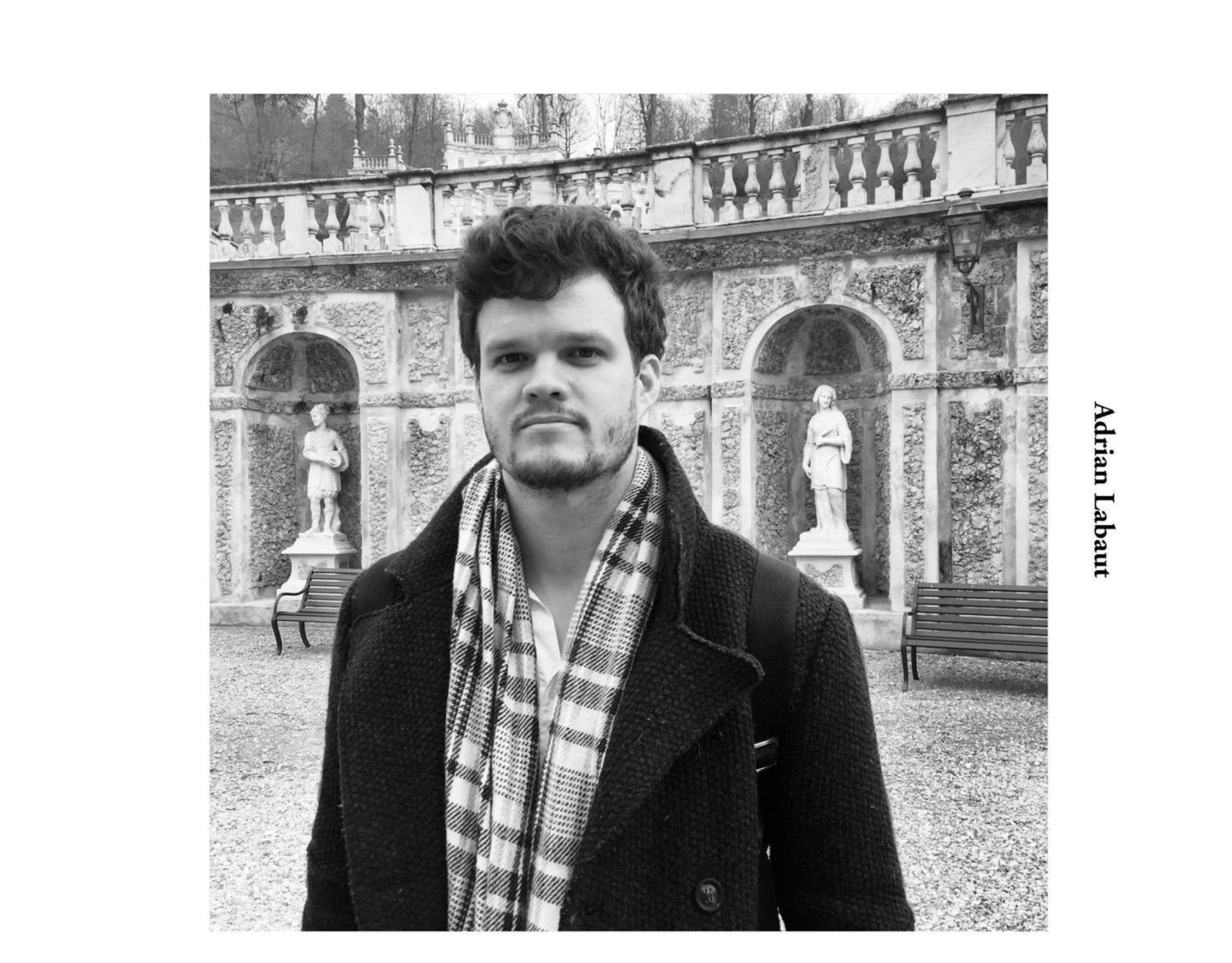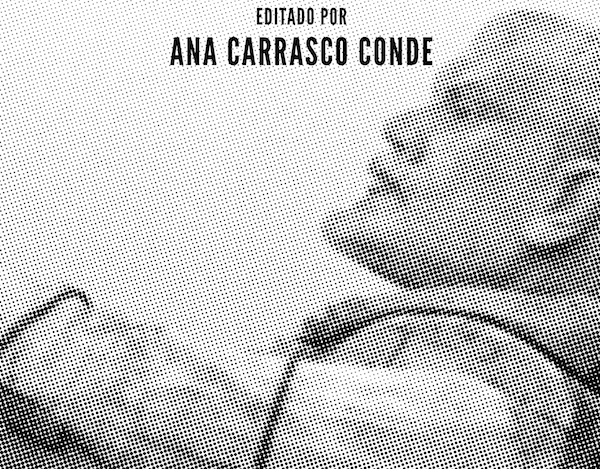Description: Since the Biennale was born in 1895 a lot of institutions have inherited its name due to its wide success; The first Architecture Biennale, for example, was opened in Venice in 1980 radically affecting Architecture’s means of communication. Over the years, “Biennial” has been used in referring to a vast landscape of different frequent exhibitions.
In this issue, we reflect on the role of the biennial as critical public event and the curatorial responsibility it requires in two interviews: one with Paolo Portoghesi and the other with Joseph Grima. Starting from these interviews, Burrasca attempt is to highlight the latent dichotomy that seems to emerge among other contributions: some looking at the past others at the future, some more reflective others rather descriptive…
Burrasca’s interest is to test biennials’ ability to be an experimental tool having ever changing contours and representing a site for critical experimentation as a vital alternative to museums and other institutions or, otherwise, if the biennial has become just a fashionable and mundane event with no particular content.
Contributors: Stephanie Akkaoui Hughes, Ilaria Cazzato, Alberto Maria Ficele, Joseph Grima, Gruppo Informale, Michael Hadjistyllis, Boris Hamzeian, Anna Kononova, Adrian Labaut, Etienne Le Beschu de Champsavin, Olmo Martellacci, Thomas Mical, Giacomo Pala, Paolo Portoghesi, François Roche, Mika Savela, Tellas, Bianca Vagnoli, Davide Vulpio.
In this issue, we reflect on the role of the biennial as critical public event and the curatorial responsibility it requires in two interviews: one with Paolo Portoghesi and the other with Joseph Grima. Starting from these interviews, Burrasca attempt is to highlight the latent dichotomy that seems to emerge among other contributions: some looking at the past others at the future, some more reflective others rather descriptive…
Burrasca’s interest is to test biennials’ ability to be an experimental tool having ever changing contours and representing a site for critical experimentation as a vital alternative to museums and other institutions or, otherwise, if the biennial has become just a fashionable and mundane event with no particular content.
Contributors: Stephanie Akkaoui Hughes, Ilaria Cazzato, Alberto Maria Ficele, Joseph Grima, Gruppo Informale, Michael Hadjistyllis, Boris Hamzeian, Anna Kononova, Adrian Labaut, Etienne Le Beschu de Champsavin, Olmo Martellacci, Thomas Mical, Giacomo Pala, Paolo Portoghesi, François Roche, Mika Savela, Tellas, Bianca Vagnoli, Davide Vulpio.






